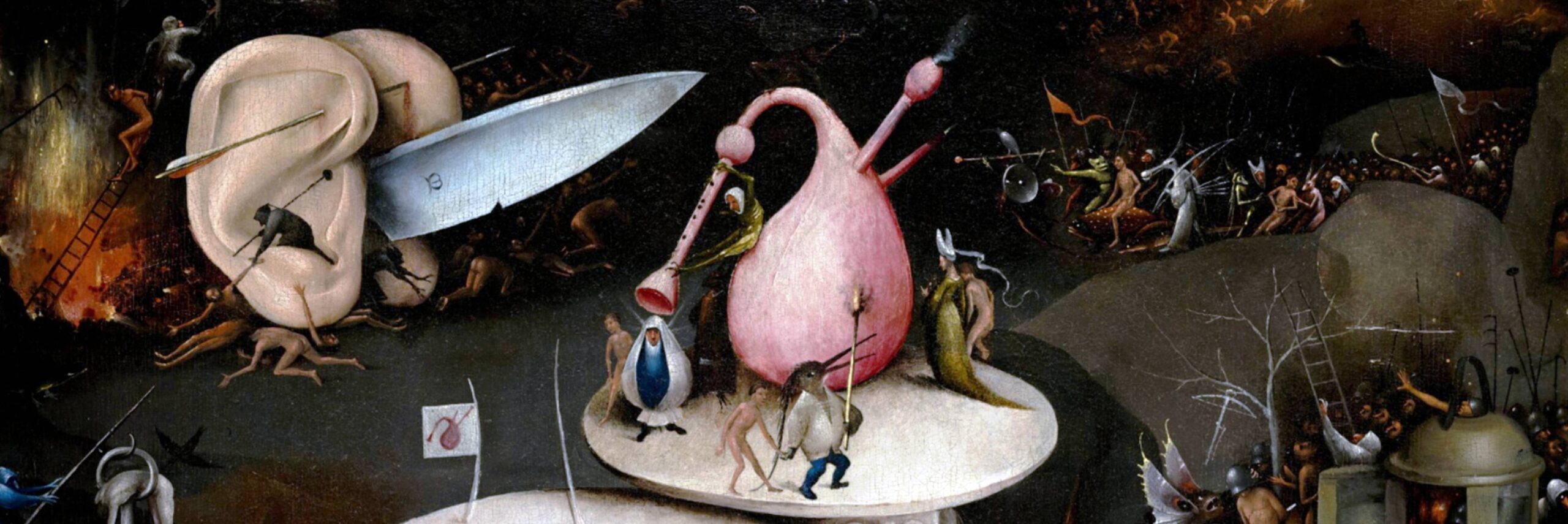
This is the sixth in a series of eight articles about the 14th century carvings of minstrels in Beverley Minster, a church in the East Riding of Yorkshire. There are a total of 71 musicians, more than in any other medieval site. Having given the story of the Minster’s foundation, flourishing, iconoclasm and repair in the first article; examined the minstrels of the arcades in the second article; of the walls in the third; and of the tombs, altar screen, chapel and south transept in the fourth; the fifth article asked why there is such an abundance of medieval minstrelsy in the Minster, finding the answer in the “Order of the Ancient Company or Fraternity of Minstralls”, which had its headquarters in Beverley.
This sixth article describes the 14th century allegorical carvings and beasts of the Minster which accompany the minstrels on the west, north and south walls. We will see allegorical carvings and describe the medieval meanings of: dogs and their owners; a thirsty snake attacking a man; a fighting lion and dragon; a lustful goat carrying nuns to hell; Reynard the trickster fox; a wild hairy man of the woods (woodwose); a beard-tugging pilgrim; a faithless pilgrim in the grip of a two-headed dragon (amphisbaena); half-human half-ass hybrids (onocentaurs); asses being carried by people; Triton the merman; and foliate heads, now misleadingly called green men.
The next article examines musical aspects of the 16th century misericords and the neo-Gothic imitation medieval instruments of the 19th–20th century organ screen. The final article puzzles over the paucity of publications about the magnificent medieval minstrels, and the Minster’s declared lack of interest in accurate information about their uniquely important iconography.
